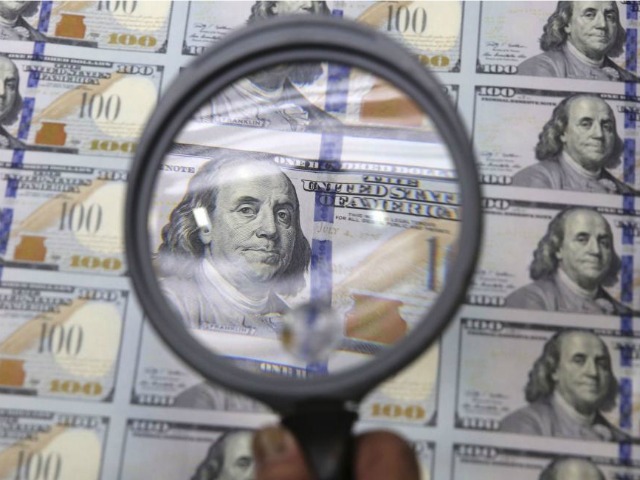
The Commerce Department reported Thursday that, in its latest estimate of 1st Quarter GDP, the economy shrank by 1.0% in the first three months of the year. This was a sharp reversal from its initial estimate, which suggested the economy grew by an anemic 0.1%. Many pundits have tried to blame the weather for the disappointing results. A deeper look inside the numbers, however, raises 3 troubling signs for the economy.
1. Cash-Strapped Consumers. The Commerce Department reported that the negative contributions to GDP in the 1st Quarter were “partly offset by a positive contribution from personal consumption expenditures.” Personal consumption grew 3.1% in the quarter, down slightly from the end of last year. This spending growth, however, is increasingly coming from savings.
According to the Commerce Department, the personal savings rate declined to 4% of disposable income, lower than last year and 26% lower than two years ago. Disposable income at the beginning of 2014 increased just 0.7% over the end of 2013. Consumer spending drives more than three-quarters of the economy. It is unlikely that the second quarter will benefit from a new spurt of consumer spending. Indeed, recent data on retail sales in the first months of the second quarter indicate the consumer is pulling back its spending.
2. Declining Corporate Profits. Corporate profits decreased $213 billion in the 1st Quarter. In contrast, profits were up $47 billion in the 4th Quarter. Dividend payments, undistributed profits and even overseas income all decreased in the quarter. Even financial firms, which had been benefiting from the Fed’s loose money policy, saw profits dip by more than $70 billion.
These numbers suggest a pull-back in capital expenditures and business investment. That would be a negative contribution to future economic growth.
3. Failed Monetary Stimulus. Before Thursday’s report, the economy had last contracted three years ago, in the 1st Quarter of 2011. Since then, the Federal Reserve has pumped around $2 trillion dollars into the financial markets. This liquidity was intended to “jump-start” the economy, by providing money for investment and economic expansion. By the most basic measure, i.e., the overall size of the economy, the Fed’s stimulus has failed.
In the 1st Quarter of 2011, the GDP was $14.8 trillion, in “chained 2009 dollars.” “Chained” dollars factoring in changes in prices, i.e inflation, allowing real comparisons over time. In the first three months of this year, “chained” GDP was $15.9 trillion. This translates to a “real” increase of just $1.1 trillion over the last three years. It doesn’t take advanced math to see that the Fed’s stimulus is greater than the actual increase in the economy. Absent Fed action, the economy would have likely contracted over the past three years.
Officially, the recession ended in June 2009, just a few months into Obama’s presidency. As we approach the 5th anniversary of the economic “recovery,” the economy stands on the precipice of entering another “official” recession.
The difference now, however, is that every possible monetary tool has been exhausted. The problems in the economy are rampant at the micro-level. They may soon overwhelm the macro-economy.

COMMENTS
Please let us know if you're having issues with commenting.